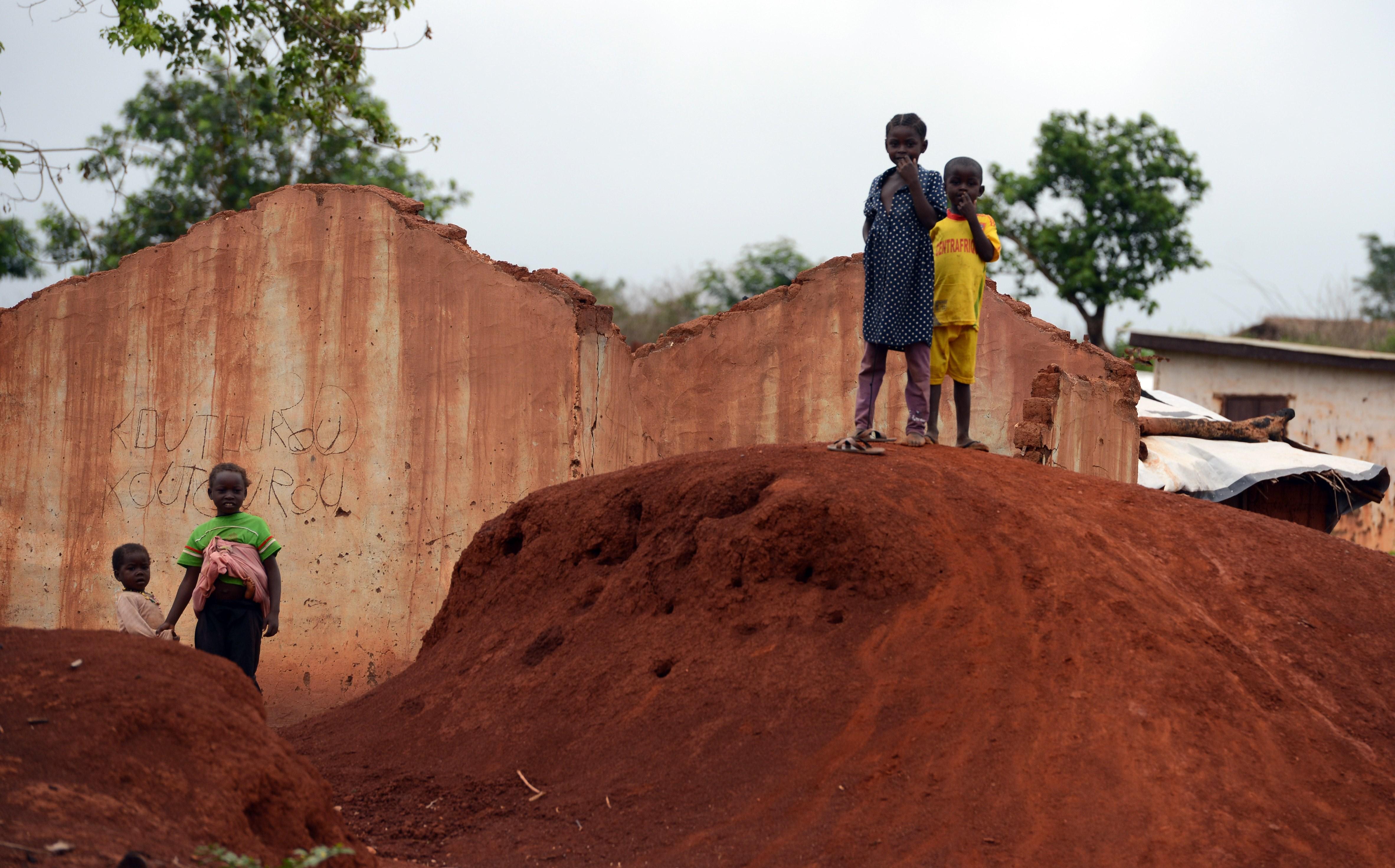Humanitarian interest alone is rarely enough to get foreign governments, donors, and the media interested in a regional crisis. The larger strategic goals of global superpowers, the possibility of international intervention, or the threat of increased global terrorism are usually required before people in other countries start paying attention.
Even with thousands of casualties over the last decade, Northern Nigeria was on the global backburner until the current hostage crisis attracted global media attention. Even the violence in South Sudan is the object of some international interest, having been something of a pet project of humanitarian NGOS and western governments.
Spare a thought then, for the Central African Republic – so close to the brink of disaster, so far from anyone’s attention.
“CAR is not attracting the donors,” Souleymane Diabaté, UNICEF’s representative in the country told me in a recent interview. “When the crisis happened in Mali, the international community mobilized to address the issue. Even now [Mali] is getting more funds than the Central African Republic. Even Sudan mobilized more than CAR. Same applies for Syria and this new crisis in Ukraine.”
Diabaté feels some of this may be donor fatigue after a brutal stretch of humanitarian emergencies ranging from Typhoon Haiyan in the Philippines to the ongoing disaster of Syria. But he also suspects that the “Central African Republic is not well known by most of the donors. They don’t know if it is a country or just a region of Africa. This might be one of the reasons why we are not getting a lot of visibility.”
The same might well apply to media coverage. The state of affairs is also not helped by the fact that the conflict is pretty complicated.
The basics: In March, 2013, longtime dictator Francois Bozizé was overthrown by the Séléka, a predominantly Muslim rebel group that accused him of violating the terms of a peace agreement. When in power, the Séléka quickly began a campaign of “looting, torture and killing,” primarily targeting Christians. In January of 2014, the Séléka government was overthrown and Muslims quickly became the subject of reprisal killings by predominantly Christian “anti-Balaka” militia groups. Ex-Seleka groups are still active and have also been accused of atrocities against civilians.
Around 5,000 peacekeepers from the African Union and 2,000 from France have been deployed to the conflict but violence is ongoing. (In some cases, intervention may have made things worse.) Around The U.N. Security Council has approved a larger police and military peacekeeping mission, but the blue helmets are unlikely to arrive on the ground until the fall. A quarter of the country’s population have been forced from their homes.
“The situation is very fragile right now,” said Diabaté. “The whole country is in total insecurity. More and more Muslims are in camps in the country surrounded by the anti-Balaka and they cannot move out of enclave. If they move, they are killed.”
I asked Diabaté if the increasingly common descriptions of the conflict as a potential genocide are accurate. “If we don’t pay attention, it will happen,” he said. “We are not far from genocide. Minorities have been targeted.”
He also noted that the situation has become increasingly risky for international aid workers. Most recently, three Medecins Sans Frontieres workers were killed in an attack on a clinic blamed on the Seleka in late April.
Unfortunately, but not surprisingly, children are frequently in the crosshairs of the conflict. The UN estimates that more than 6,000 child soldiers have been recruited into the conflict. Diabaté notes that “one of the consequences of the situation is that schools are being closed for so many months now – almost two years the schools have been closed.”
More than two thirds of the country’s schools are currently closed and a third of those schools surveyed by UNICEF have been subject to attacks by armed groups including looting, arson, and shootings since the conflict began.
For the last few weeks, the global media’s attention has been riveted by the fate of over 200 girls in Northern Nigeria. But sadly, the latest news out of the Central African Republic is a reminder that the risks children face going to school in the midst of a conflict are not unique to one country.
